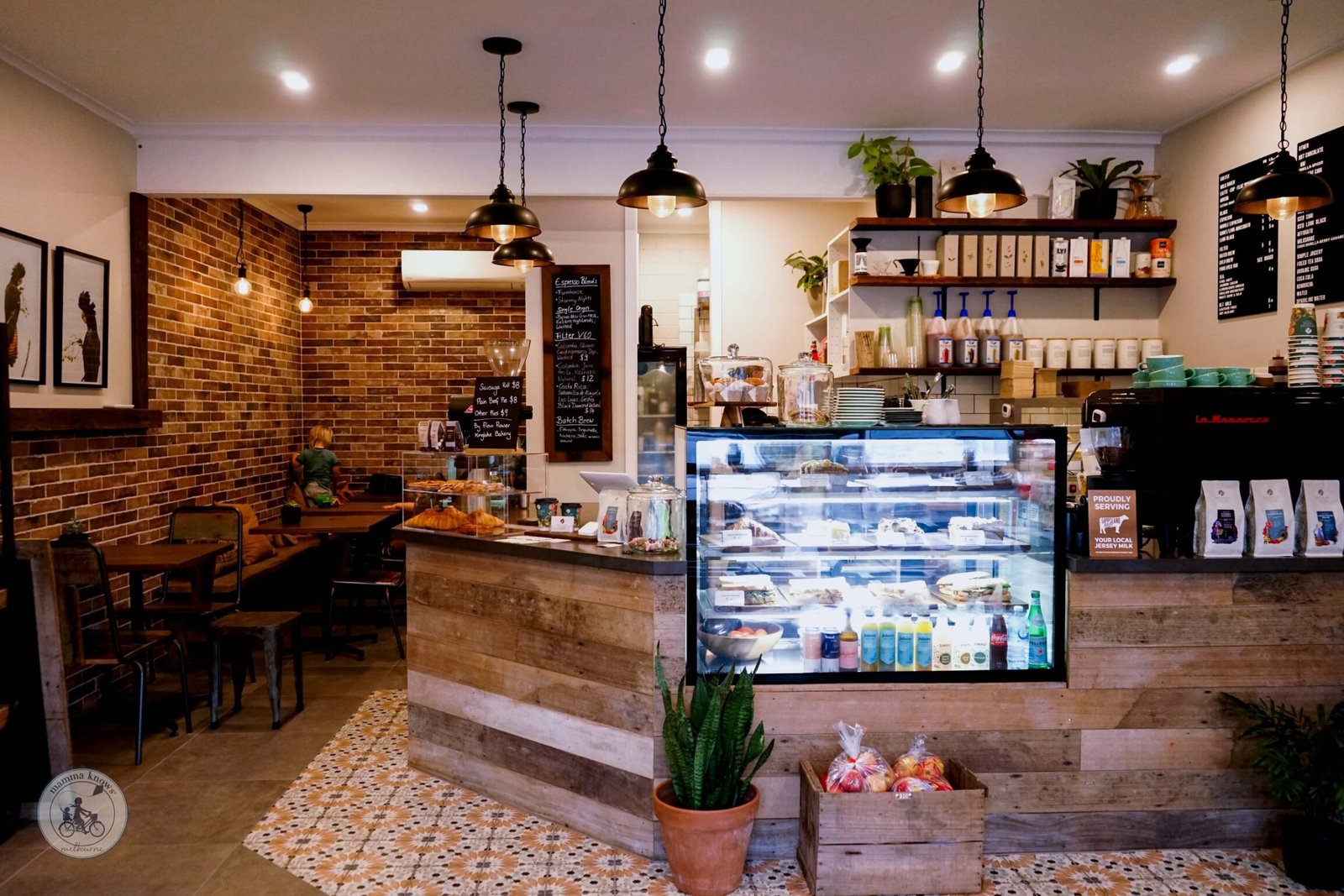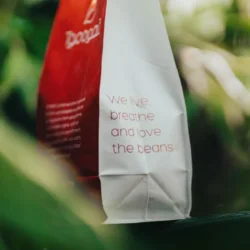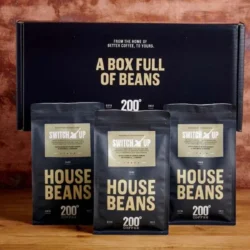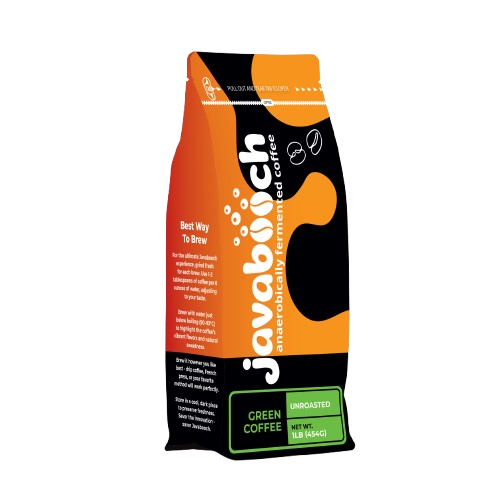So you’re starting a coffee brand.
You’ve got your beans, your branding, and your dream.
Now comes the big decision:
Do you sell directly to customers or go wholesale to shops, cafés, and grocers?
In this post, we’ll break down the pros, cons, and real-world advice on choosing the right path—or combining both—for your coffee business.
1. What Is Direct-to-Consumer (DTC)?
This means you sell straight to the end customer, often via:
- Your website
- Pop-up events
- Farmer’s markets
- Subscriptions
- Social media shops
🛒 The customer orders, pays you directly, and you fulfill it.
2. What Is Wholesale?
Wholesale means you sell in bulk to a business, who resells your coffee to their customers.
That includes:
- Coffee shops
- Restaurants
- Hotels
- Grocery stores
- Offices
🧾 You usually sell at a lower per-unit price but in larger volumes.
3. Direct-to-Consumer: Pros and Cons
✅ Pros:
- You keep more profit per bag
- You control the brand experience
- You own the customer relationship and email list
- You can test products and pricing faster
- Easier to build brand loyalty and storytelling
❌ Cons:
- Slower growth unless your marketing is strong
- You handle all logistics (shipping, returns, support)
- Requires investment in eCommerce & customer service
- Paid ads and SEO take time to work
4. Wholesale: Pros and Cons
✅ Pros:
- Volume sales = faster revenue
- Builds credibility if placed in respected shops
- Consistent, recurring purchase orders
- Less packaging and shipping complexity
❌ Cons:
- Lower margins (you’re selling at ~50% retail)
- Tough to compete without a sales rep or broker
- You don’t control the end customer experience
- Payment terms can be delayed (Net 30/60/90)
5. Which One Is Right for You?
🚀 Choose DTC if:
- You want to build a niche brand with loyal followers
- You’re comfortable with social media & e-commerce
- You want full brand control
- You want to learn directly from customer feedback
🏪 Choose Wholesale if:
- You already have retail connections
- You want faster initial revenue
- You prefer B2B sales over marketing to individuals
- You have the capacity to scale production and logistics
6. Can You Do Both? Yes—With Strategy
Many successful coffee brands mix both models.
💡 Pro Tip:
Start with DTC to validate your brand, then add wholesale once you have traction and a production flow.
How to balance:
- Use DTC to tell your story, grow your list, and upsell merchandise
- Use wholesale to boost visibility and generate recurring income
- Keep packaging consistent across both channels
📦 Be sure to create different price tiers for wholesale vs. retail.
7. Key Tools for Direct-to-Consumer Success
- Shopify or WooCommerce website
- Email marketing platform (Klaviyo, Mailchimp)
- Fulfillment system (ShipStation, EasyPost)
- Subscription tool (Recharge, Bold)
- Loyalty & referral programs (Smile.io, Yotpo)
- Strong content strategy (blogs, reels, guides)
8. Key Tools for Wholesale Success
- Sell sheet (product catalog with prices, SKUs, story)
- Wholesale portal or order form
- MOQ (Minimum Order Quantity) policy
- Distributor relationships or foodservice brokers
- Barcode/GS1 codes for retail
- Case pack and shelf-ready design
🧠 Bonus Tip: Offer white labeling or private-label roasting for cafes.
9. Financial Tips for Both Models
Know your numbers before choosing either:
- Cost of Goods Sold (COGS)
- Packaging & fulfillment costs
- Shipping rates (flat-rate, zone-based)
- Profit margins (retail vs wholesale)
- Marketing spend (for DTC) vs. sales commission (for wholesale)
📊 Build out basic projections for both paths. If you’re not profitable after shipping and marketing, tweak the model.
10. Final Thoughts: Start Small, Think Big
Whichever model you choose, the key is to start lean, test often, and listen to your audience.
You can’t scale what you haven’t proven.
Start where your strength lies:
- Great with people? Wholesale.
- Great online? DTC.
- Great with both? Build a hybrid strategy.
💬 As Martin Kabaki always says:
“Don’t rush to shelf space. Rush to soul space—where your coffee earns loyalty through experience, not just distribution.”




